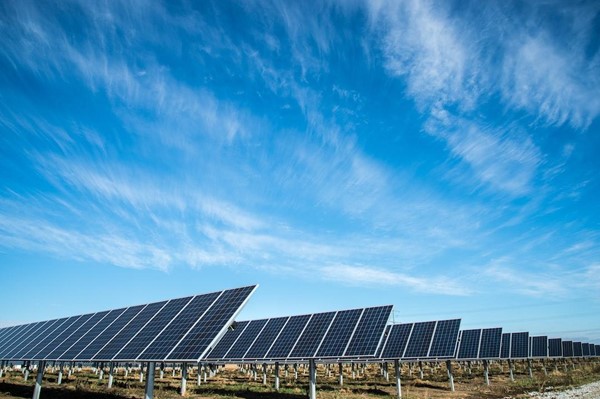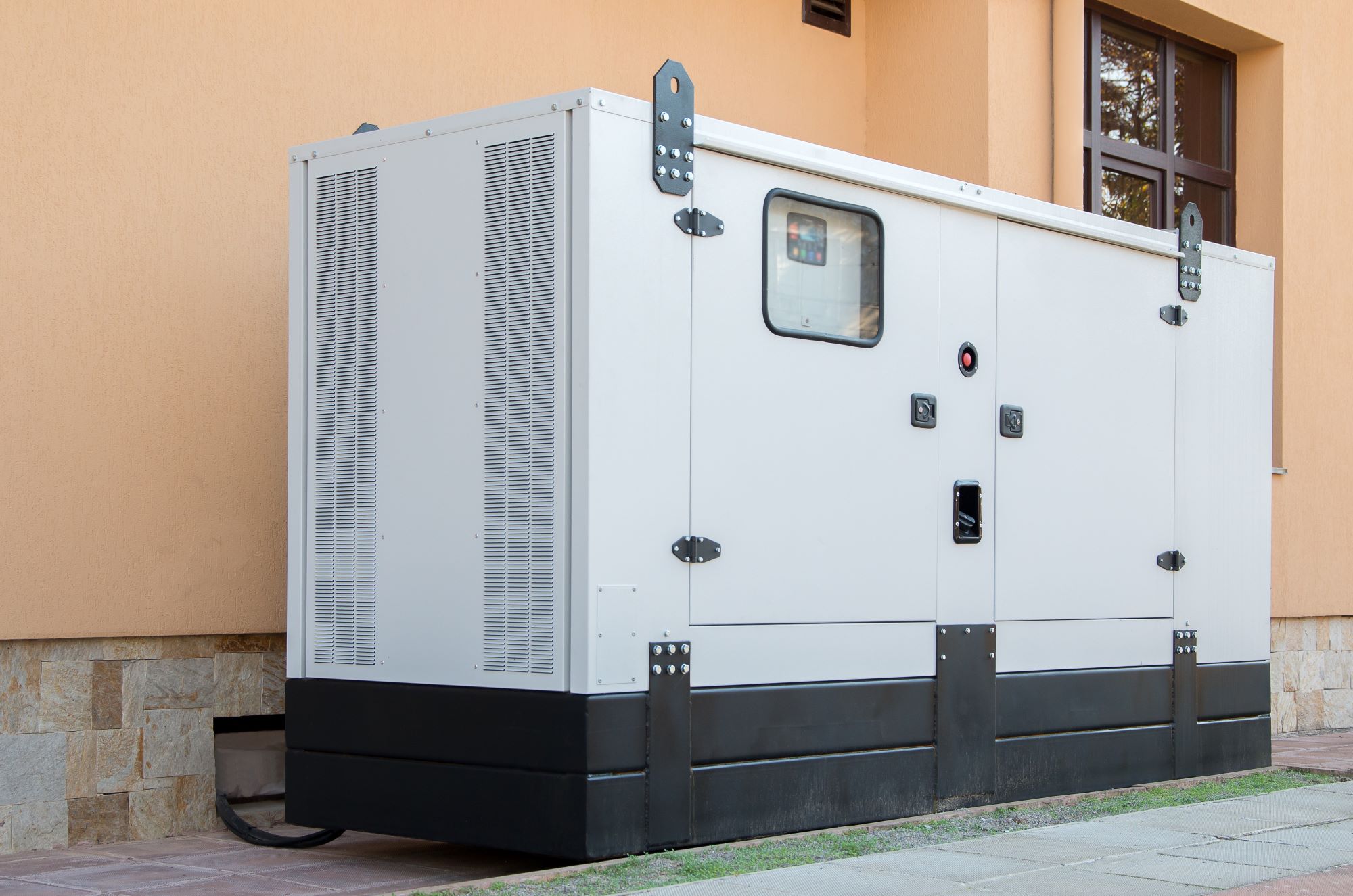How Much Waste Is Produced From Renewables vs. Fossil Fuels?

Going green has become more popular than ever before. Everyone’s looking for new ways to recycle plastic bottles and reduce renewable energy waste, but does that go far enough to help minimise human pollution?
If you’re not sure how to best help the planet, learn about how much waste is produced from renewables and fossil fuels. After you compare your findings, you’ll realise the correct course of action toward making the Earth a better place to live.
Which Renewables Produce Waste?
Renewables are any form of green energy that people utilise in place of fossil fuels. Here are the most popular renewable energy options and how much waste each method produces.
1. Standard Solar Panels
Many people advise residential and commercial building owners to rely on solar panels for their energy needs. Although they’ve become more accessible and affordable in recent years, most people still don’t understand how they contribute to waste.
No matter which solar panel brand you choose, they contain cadmium, lead and other chemicals that are harmful to the planet. When they eventually end up in landfills, those chemicals enter the surrounding environment. It results in 250,000 metric tonnes of waste globally, as discovered by the International Renewable Energy Agency (IRENA) in 2016.
2. Daily Biofuel Use
As part of the effort to ditch fossil fuels, scientists created biodiesel with fatty-acid esters, such as animal fat, recycled vegetable oil or soybean oil. Although the collection of ingredients doesn’t harm the planet, the finished biodiesel needs washing to remove remaining contaminants before anyone can purchase it. The washing flushes methanol, glycerin and residual catalysts into the environment.
The washing process creates 1 gallon of wastewater per gallon of finished biodiesel. A sustainable energy source would create zero discharge, so biofuel has a long way to go.
3. Wind Turbine Farms
A single upcoming wind turbine farm in Scotland will power 170,000 U.K. homes in 2023, but what kind of waste will it create? Wind turbines produce the most waste after they’re dismantled and thrown out.
The University of Cambridge estimates that junk turbine blades will generate 43 million tonnes of waste by the start of 2050 because they contain unrecyclable fibreglass. It’s a large number, but it’s also compared with the lifespan of a wind turbine, which averages nearly 20 years with preventive maintenance.
Which Fossil Fuels Create Waste?
Now that you know more about renewable energy waste, it’s time to take a look at fossil fuels. They’re widely known for addicting to pollution, but by how much? It depends on the type of fuel.
1. Yearly Coal Consumption
The U.K. has experienced a steady decline in coal use since 1970, thanks to modern advancements in technology and renewables. In 2018, it consumed 12.9 million metric tonnes, down from 157 million in 1970. This is a major step forward toward reducing waste, but coal is still in use today. For every tonne burned, 4,172 pounds of C02 is released into the atmosphere and contributes to the warming climate.
2. Yearly Oil Waste
Even with green technology advancements from recent decades, the world still depends on crude oil. In 2015, 90 countries produced 1.7 gigatons of carbon dioxide by burning it, which accounted for 5% of all emissions that year.
It’s a massive problem that sends harmful gases straight into the atmosphere, but sometimes it’s burned because people aren’t sure what to do with oil they don’t need. People can get rid of it responsibly with companies that strive to recycle oil from both commercial and residential purposes. Access to resources like these will help minimise the waste from crude oil.
3. Yearly Natural Gas Waste
The U.K. still uses natural gas as a form of energy, especially in the feedstock industry. It also heats nearly 84% of homes, which should be of some concern. The current reliance on natural gas adds up to 33 gigatons of CO2 emissions worldwide each year. It’s incredibly damaging to the environment because it increases the effects of global warming.
Knowledge Is Power
The more you learn about waste from both renewables and fossil fuels, the more power you have to make sustainable decisions for yourself. Green energy will always do less damage to the environment than fossil fuels, but none of them are carbon neutral. As long as you recognise the possibility of renewable energy waste resulting from your lifestyle, you can continue to minimise your impact on the Earth.
Bio
Emily Folk is a conservation and sustainability freelance writer and blogger from Lancaster, PA. Check out her blog, Conservation Folks, or follow her on Twitter for the latest updates!

















